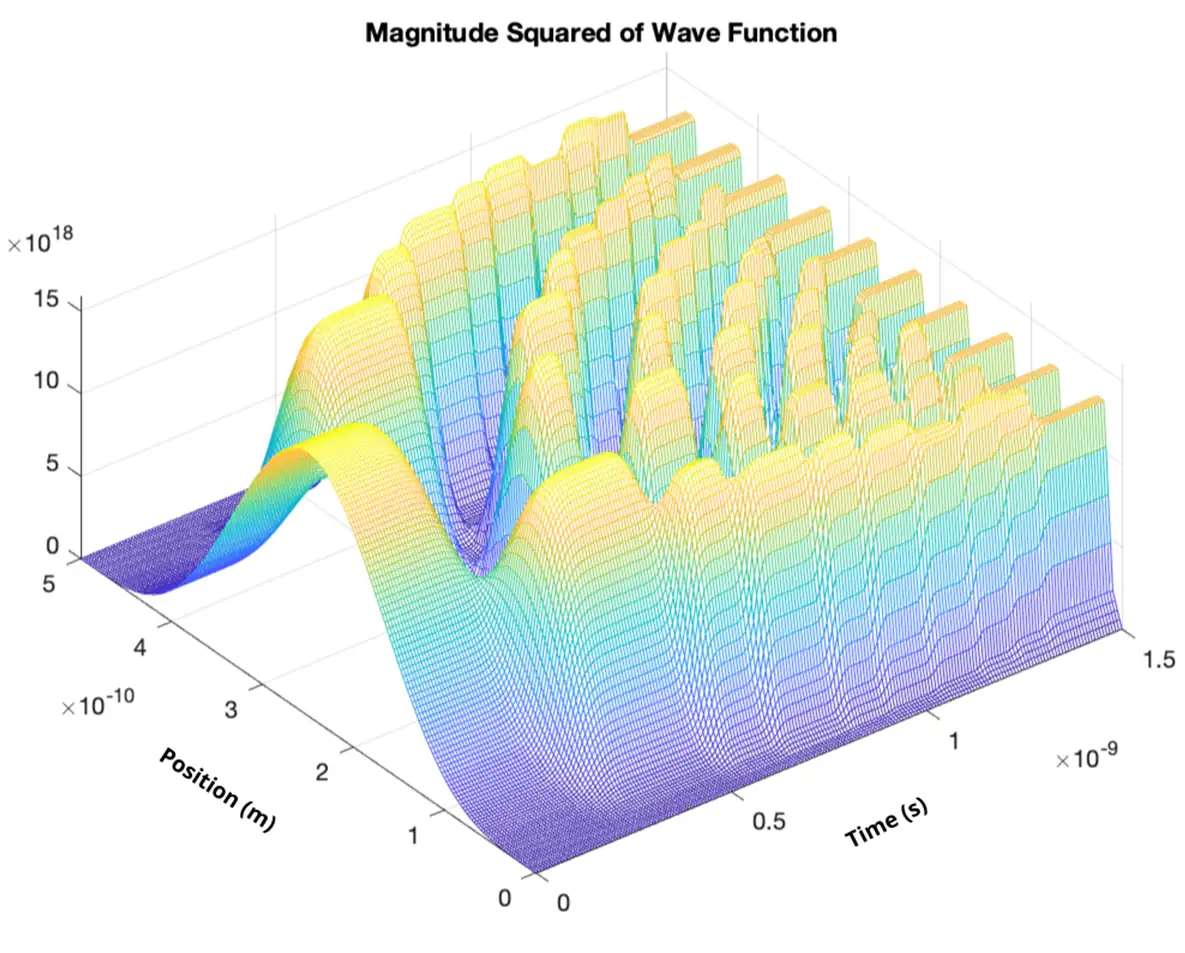By Eden Michael & Yiyou Chen
Our project is concerned with developing quantum control strategies to achieve physical objectives by means of recursive observable tracking. More specifically, we study how to construct time-dependent electric fields which force observable expectation values to increase, decrease, or follow a predefined function.
The problem of determining an optimal control is framed as a boundary value problem. The conventional method entails iteratively solving Schrödinger’s equation and updating fields through gradient descent, incurring a high computational cost. In contrast, our alternative approach achieves the same goal by solving Schrödinger’s equation just once and updating the control field incrementally over time according to the evolution of the system.
One problem of particular interest is when multiple competing objectives are present. While there can be an infinite number of controls leading to an optimal solution, the efficiency depends significantly on the algorithm’s design. The tradeoff among objectives is closely tied to the concept of the ‘Pareto front,’ a term frequently encountered in economics. We are also looking to address the longstanding issue of losing control at singularity points (plateaus) where the external fields have no effect on the change of the expectation values of the observable.


